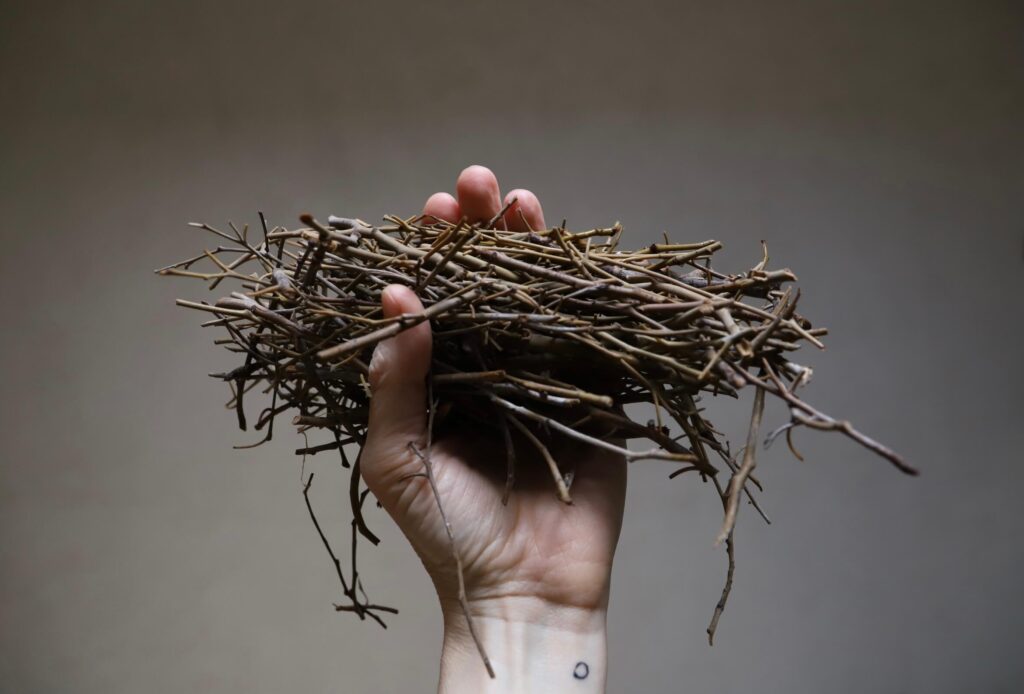
What Is Natural Dyeing?
Natural dyeing is the ancient practice of extracting colour from natural materials to naturally dye cloth or pure fibres. Dyes can be found in a variety of natural sources such as; plants, invertebrates, lichen, fungi or minerals.
Where do natural dyes come from?
Natural dyes can be found in roots, bark, branches, leaves, seeds, nuts or the petals of delicate flowers. With each part taking more or less time to surrender its colour or natural dye!
When was natural dyeing discovered?
While we do not know exactly when our ancestors discovered that natural materials held forms of pigment, ink or dye. We see examples of natural pigments used as sources of natural colour in our earliest cave paintings. Before the discovery of synthetic dyes in 1856, natural dyes & pigments were our sole source of colour throughout history.
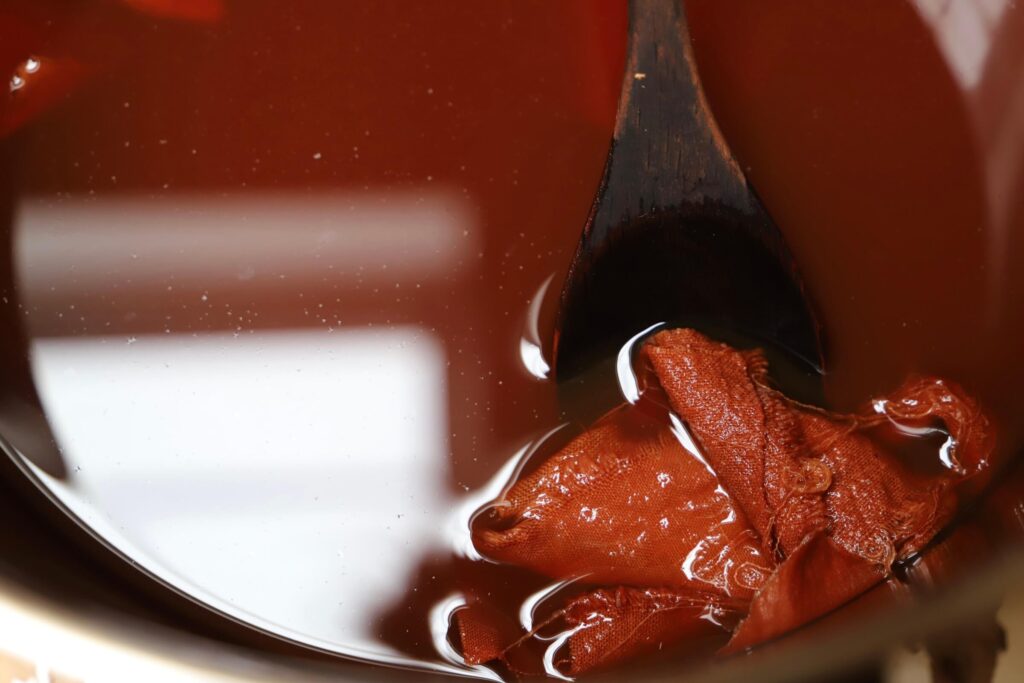
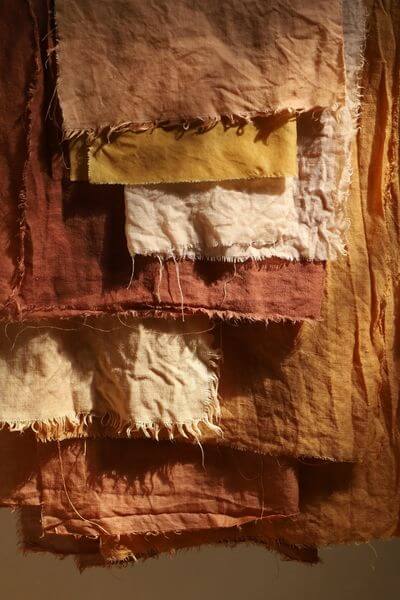
A Brief History Of Natural Dyes
Natural dyes coloured textiles for at least 6,000 years with many vibrant examples of preserved textiles surviving. From the ancient world of colour, we have learnt much about previous civilisations and their relationship to the natural world. The Stockholm Papyrus, a manuscript compiled in Egypt & written in Greek, dates back to c.300AD. It illustrates the importance of the dyeing industry in ancient times & shows the development of our early dyeing history. Containing 154 recipes, it details how to create & apply dyes to textiles.
With the growth of our population, trade routes opened up & brought many new resources to far-off corners of the globe. With the expansion of these trade routes, natural dyes, once exclusive to geographical locations, became shared around the world. Practiced throughout Europe, Egypt, South America, Africa and Asia & amongst the native people of North America.
Why Did The Natural Dye Industry Decline?
Discovered by accident in 1856, synthetic dyes quickly replaced natural dyeing. Synthetic dyes were cheaper to develop and considerably less labour-intensive to produce. Because of this, synthetic quickly became the main source of commercial dye. As these chemical dyes grew in popularity, the natural dyeing industry began to shrink and eventually collapse.

Where Can I Find Natural Dyes?
With the environmental impact of mass industrialisation/fast fashion becoming a reality, natural dyeing has become more important than ever. Natural colour is everywhere, the practice of applying these to the fibres of your life can soothe even the weariest soul. Dyes are present in certain plants, fruits, insects or minerals. Colour is present in an unlimited source of petals, twigs, branches, leaves, roots, bark, nuts and seeds. You can dye with everyday ingredients found in your kitchen. Tea, coffee, turmeric, avocado stones, yellow & red onion skins, pomegranate rinds or carrot tops are great for novice dyers. Dyes are growing in your garden, throughout your neighbourhood, in the fields, the forests the mountains and beyond.
I’m Interested in Learning More About Natural Dyeing, Where Should I Start?
Once you start looking for sources of natural colour, the abundance and choice will surprise & delight you. Even in the depths of winter when the branches are bare, you can find sources of natural colour. If you would like to learn more about this meditative process take a look at the resource page.
Naturally Dye With Avocado Stones
If you want to learn about natural dyeing with simple ingredients like onion skins or avocado stones, you can enrol in my free mini-course, ‘Naturally Dye Fabric With Avocado Stones‘. The class is hosted on Teachable. To enrol, enter your email and create a password.
Beginner Natural Dye Tutorials
For more beginner guides, look at other natural dye tutorials here. If you have been wanting to give natural dyeing a go, I would strongly recommend you start with avocados for surprising pinks or yellow onion skins for, you guessed it, yellows:) These are fun dyes, as neither requires a mordant, making them more straightforward.
If you’re looking for a project to entertain yourself or your kids this weekend, why not give this a go? Avocados are a great dye to introduce kids to the process of natural dyeing & teach them about the richness of our natural world. Grab a plain t-shirt, an old pillow case or something white, off-white or cream & get dyeing.
A Helpful Guide To Sources Of Natural Dye
If you would like to learn more about the colours you can get from dye plants or sources of natural colour, take a look at ‘The Guide To Natural Colour & Plant Dyes‘ ebook. This comprehensive download will give you access to 200+ dye plants, detailed by plant type & colour. Cost: €18. This guide will provide you with many more examples of natural dye sources, many of which may surprise you!
The Natural Dye Masterclass
Discover the Art of Natural Colour
If you’d like to learn more about natural dyeing & the techniques of this incredible art form, enrolment for my Foundational Natural Dye Course & Coaching opens in January. Together we’ll explore the entire process of natural dyeing—from preparing fibres and fixing colour to extracting dyes and creating a palette of seasonal & unique sustainable colours.
Through the course, you will gain the confidence to work with natural dyes in a way that feels creative, intuitive, and connected to nature yet seeped in traditional techniques & proven methodology. By the end, you’ll have the skills to source and apply natural colour to any fibre or textile you desire while discovering the joy and artistry of this timeless craft!
You can sign up for the waitlist & be the first to know when enrolment re-opens.
Whenever you go from here, I wish you colourful adventures ahead! x Kathryn

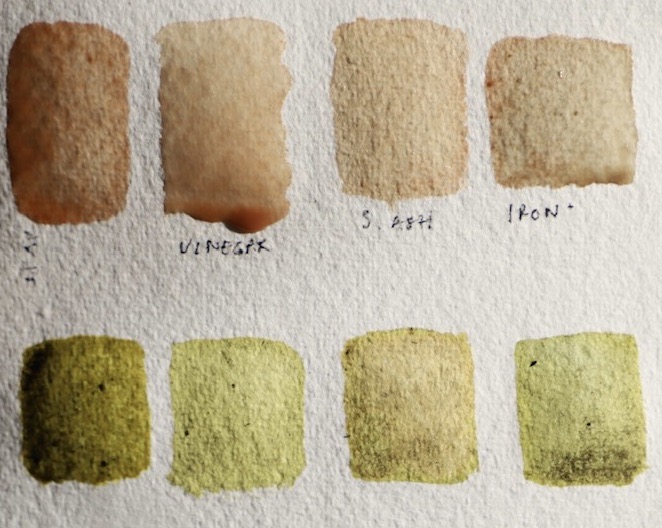
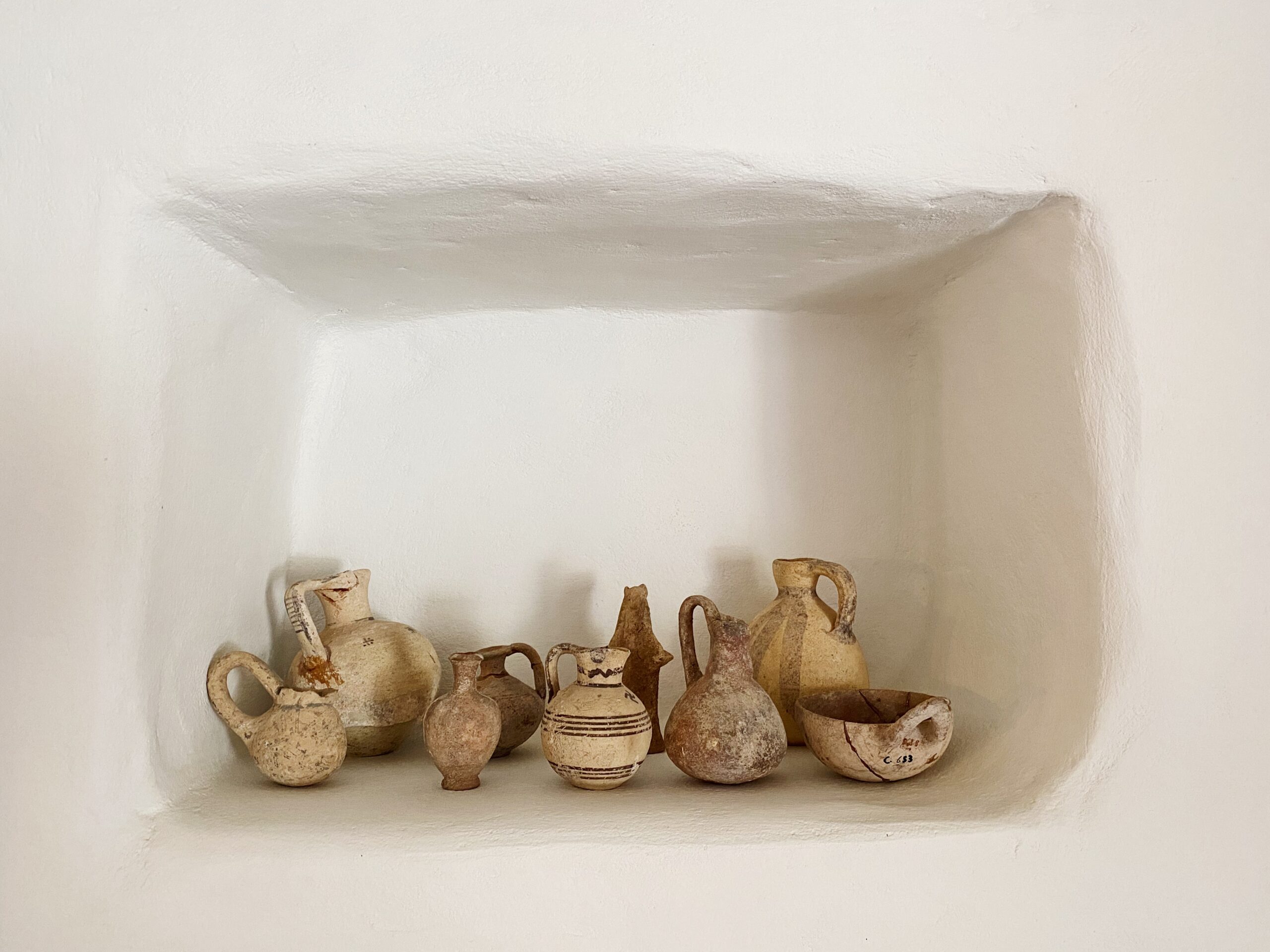
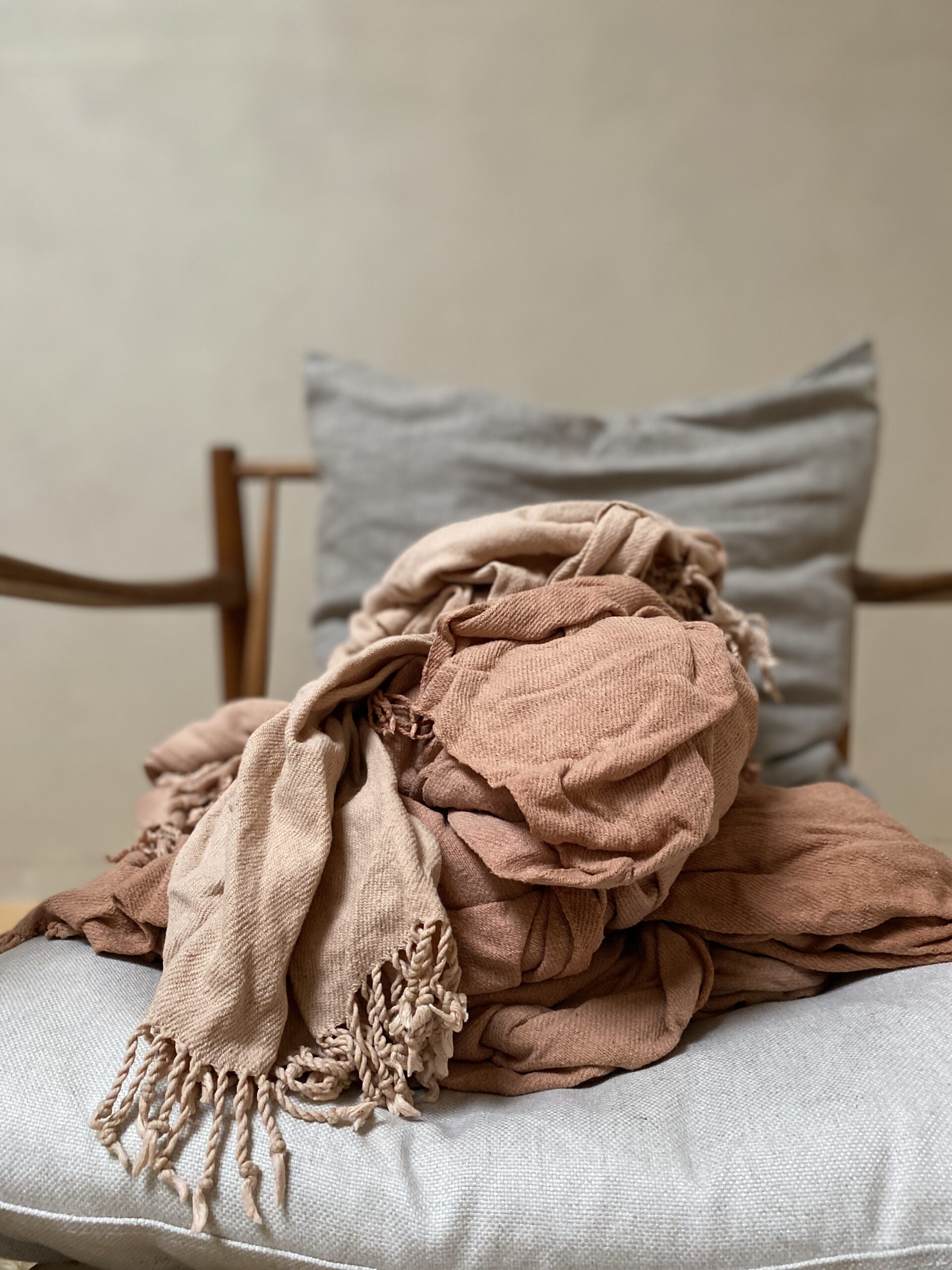
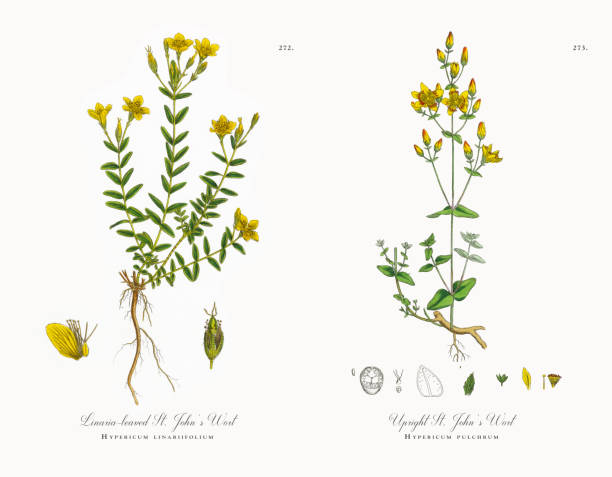
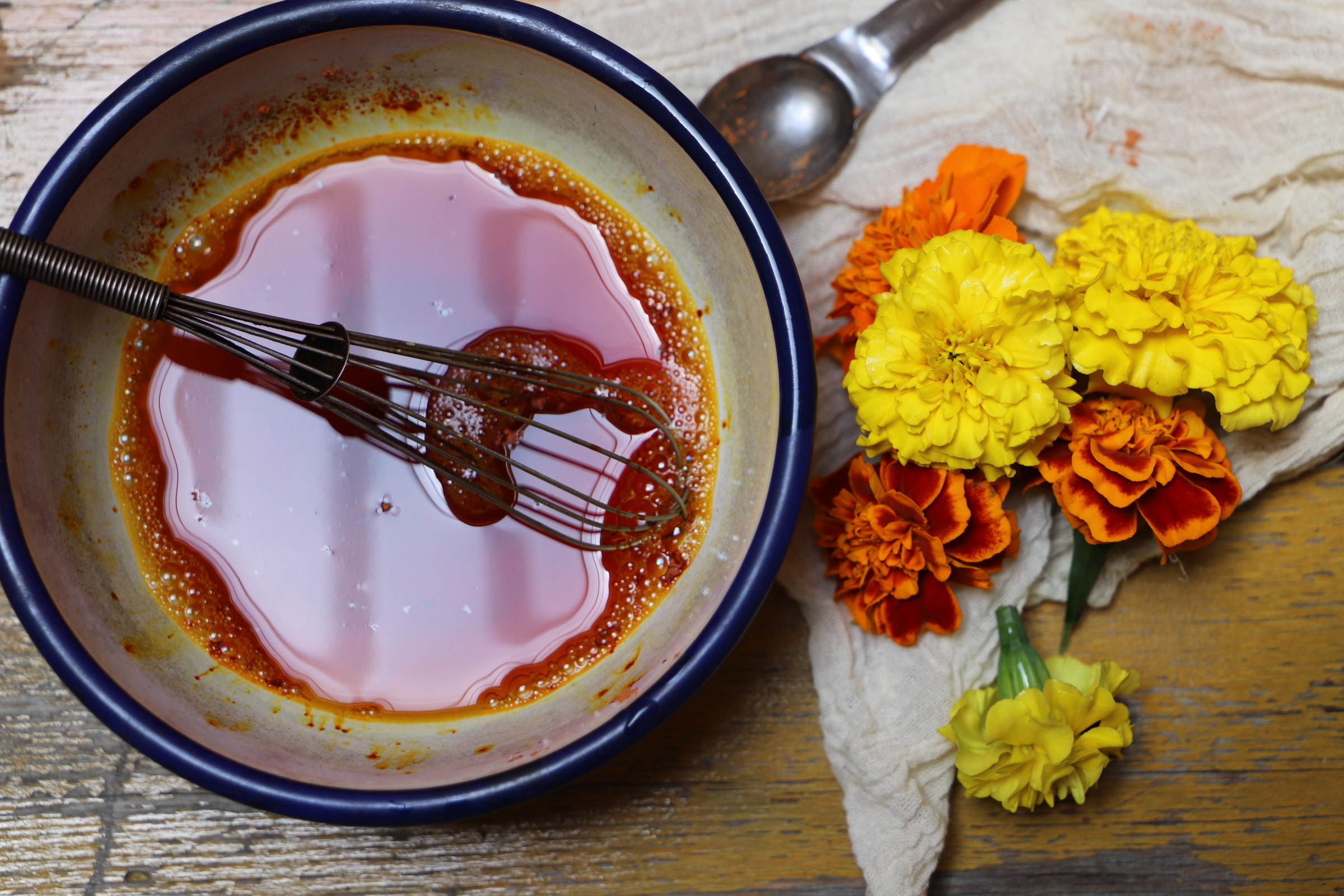
+ show Comments
- Hide Comments
add a comment